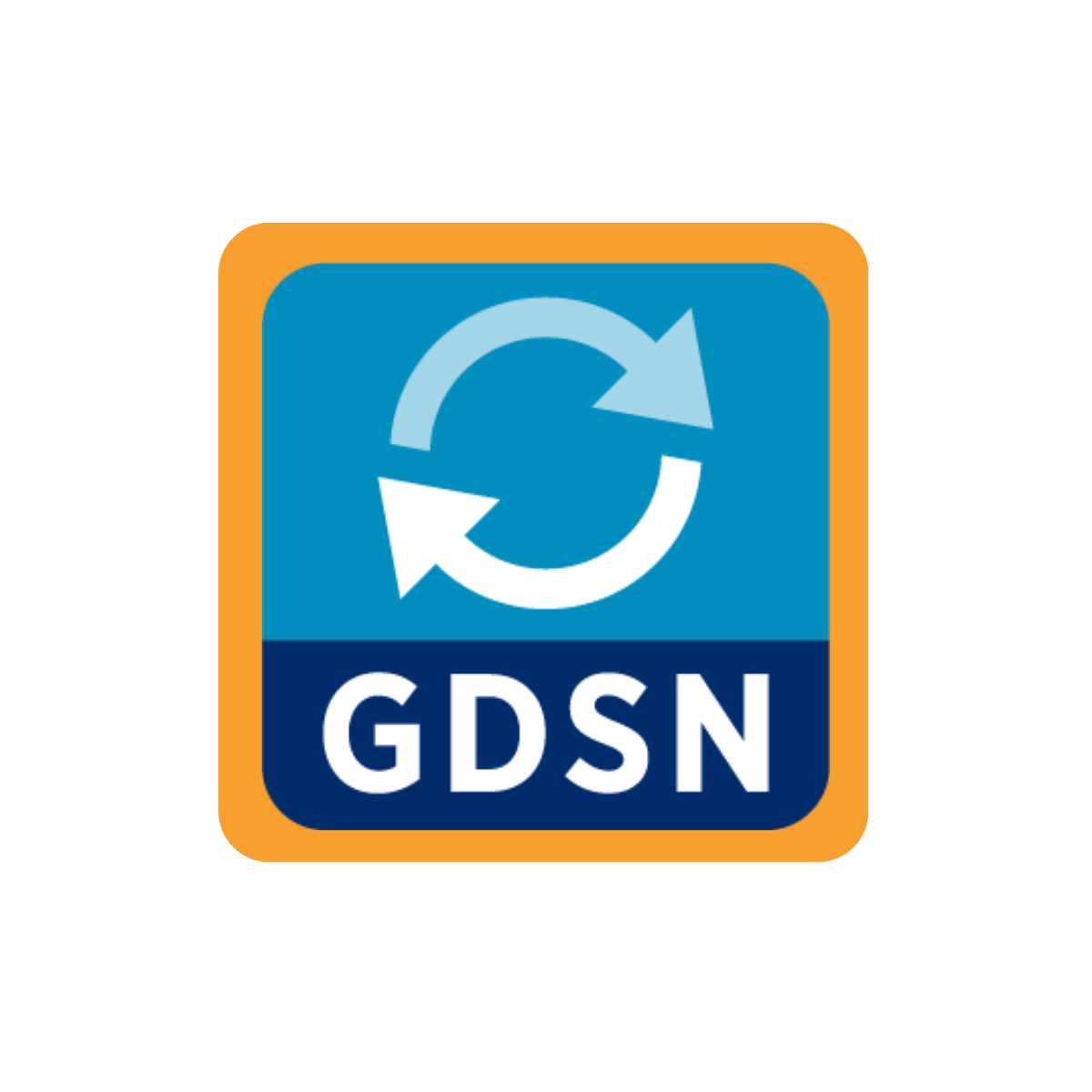What is Omnichannel? Omnichannel retailing is a strategic approach that aims to provide customers with a seamless and cohesive shopping experience, regardless of the channel they choose to engage with a brand. It ensures that customers can interact with a brand through various touchpoints, such as physical stores, websites, mobile apps, social media, and more, […]
Introduction PIM, or Product Information Management, is a powerful tool that can revolutionize the way you manage and distribute product information. A PIM solution allows you to streamline processes, improve accuracy, and enhance collaboration across your organization by centralizing and organizing all your product data in one place. With a PIM solution, you can easily […]
Introduction to GDSN Benefits Global Data Synchronization Network (GDSN) is a powerful system designed to streamline and standardize the exchange of product information between suppliers and retailers. By leveraging a global network of data pools and a central registry, GDSN ensures that accurate and up-to-date product information is available to all parties involved. List of […]
Introduction to PIM Solution The core functions of a product information management (PIM) solution are crucial for businesses aiming to streamline their product information and enhance their omnichannel presence. These functions can be broadly categorized into three main areas: Data centralization Data enrichment Data distribution 1. Data Centralization The core function of data centralization within […]
GDSN for Healthcare Buyers and Suppliers Small and Medium Enterprises (SMEs) operating within the healthcare sector strive to rival industry giants in innovation, flexibility, and operational efficiency. Despite their size, these SMEs must adhere to the same rigorous industry standards and regulations as their larger counterparts. GDSN plays a pivotal role in assisting SMEs to […]





